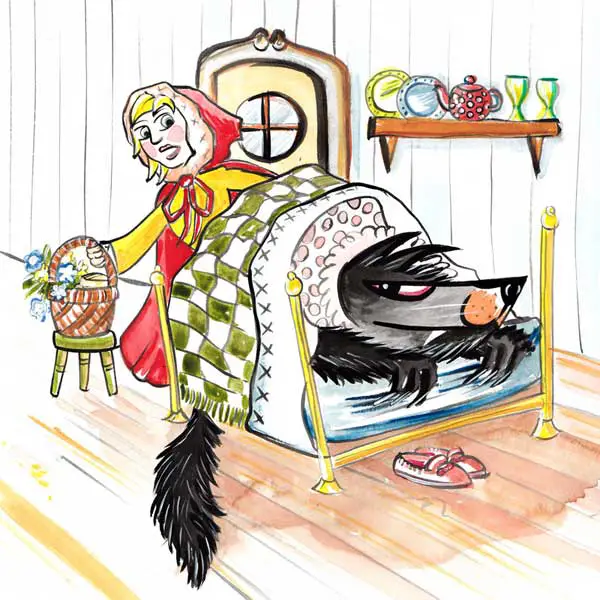 Don’t get fooled by the familiar packaging!
Don’t get fooled by the familiar packaging!
Sometimes it’s very easy to not read the whole label. Sometimes it’s long, you’re in a rush, and you’re so grateful to find something with “certified GF” image on it that you skim over the ingredients.
Here’s the sticky: we still have to read labels. Even though the FDA is trying to help us out, they aren’t really our friend. Their requirements don’t require an absence of gluten, only for products to be below a certain level of gluten-contamination. This means that if you see a GF label on a product that you know has a gluten ingredient listed, you shouldn’t trust it. Trust yourself and your own knowledge, because you’re the one putting your health (and your digestive system) at risk.
Why am I writing this now, you may wonder? I’ve been eating Promax protein bars for breakfast every morning at work, and I dig them; they have 20g protein and actually keep my full till lunch. I buy them in boxes from Amazon, so they’re cheaper, and today a couple boxes arrived at my house, one of them the nutty butter crisp variety. Upon examination, I looked past the GF label and saw that barley malt was listed in the ingredients list.
For a moment, I thought I might be mistaken, perhaps barley was not always gluten? Alas, I was right, though with barley I seemed to have stumbled into a bit of a controversy. There have been other products with this ingredient labeled GF, and consumers made a (deserved) fuss. Vans (the waffle folks), for one, decided to remove the ingredient completely. Removing barley malt was the step Chex took before labeling their cereals GF.
Apparently barley malt can sneak under the FDA radar, though any web search or Celiac site will set you straight that people with gluten intolerance should not eat any barley or malt-type flavorings. This only adds to my upset – one would think that a health and fitness company would be a little more vigilant in their ingredient use.
I will still be eating these bars, but only the varieties I know are safe. And I hope that in the future, the FDA will get its act together and make sure that foods labeled GF are actually gluten-free.
So the moral is: Sometimes we don’t get labels, so we have to trust. But when there is one, always read it!
UPDATE: Read more here!

Hi, interesting article. Just last year through extensive testing and some trial and error on my own part I was diagnosed with Lactose and fructose intolerance, as well as a minor intolerance to wheat. Like your good self I have had to start reading the contents on all packaging of food I intend to buy and it's amazing some of the small ingredients I have to look out for. Things like dextrose derived from maize, or breakfast cereals that contain honey or corn. Luckily I have been able get a lot of help from a good dietician who specialises in the type of food intolerances that I suffer from.
ReplyDeleteThanks for reading! It's great to have an expert on your side, especially when food companies tell you that certain products are safe when all the Celiac experts tell you otherwise; it's confusing!
ReplyDelete